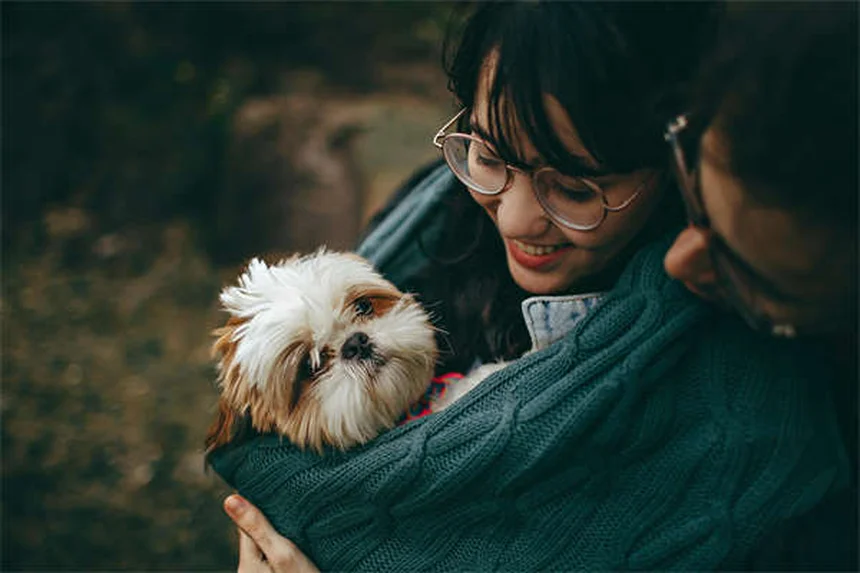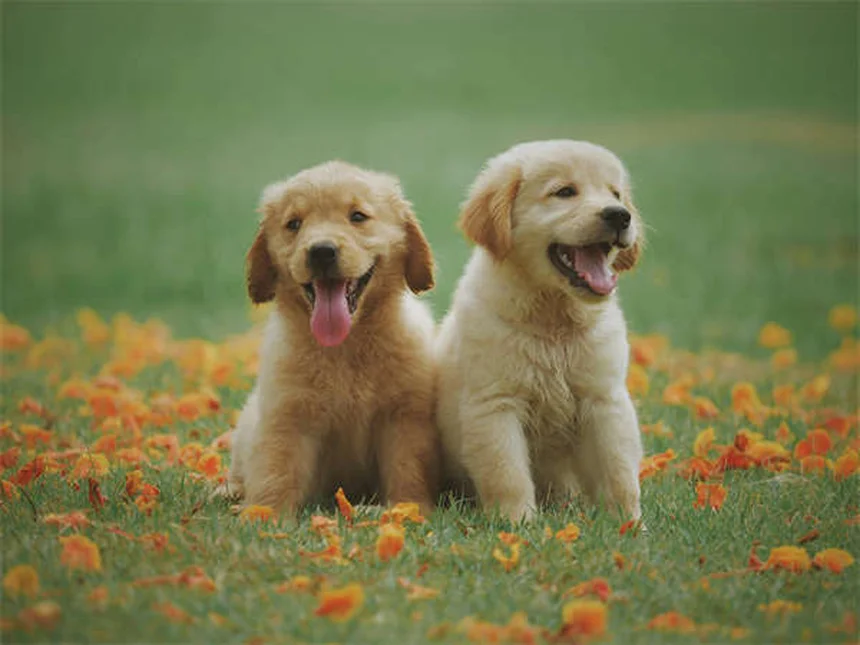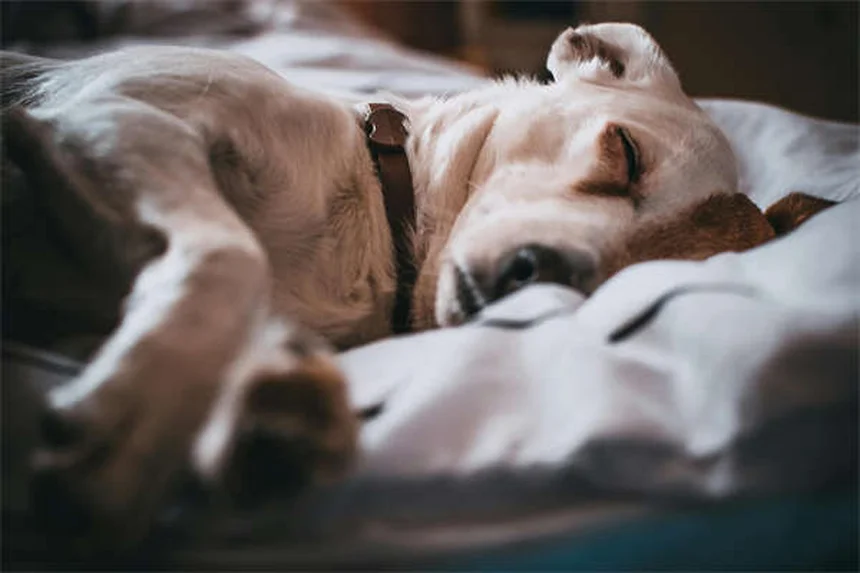Do cats smile like humans? The answer is no - cats don't actually smile to express happiness like we do. While their relaxed facial expressions might look like grins to us, that's just their natural resting face. But don't worry! Cats have plenty of other ways to show they're happy - from slow blinks to contented purring.
I've lived with cats for over 15 years, and let me tell you, understanding their unique body language is way more rewarding than waiting for a human-style smile. Your cat's upright tail with a curled tip? That's their version of a beaming grin. Those gentle kneading paws? Think of it as their way of giving you five stars on Yelp!
In this guide, we'll decode all those fascinating feline signals and show you exactly how to keep your cat purring with contentment. Because while they might not smile, a happy cat makes their joy known in dozens of special ways that are even more meaningful once you learn to read them.
E.g. :Chinchilla Abscess Treatment: 5 Must-Know Steps to Save Your Pet
- 1、Can Cats Really Smile Like Humans?
- 2、Decoding Your Cat's Happiness Signals
- 3、Creating Cat Paradise: Your Guide to Feline Happiness
- 4、Advanced Cat Happiness Hacks
- 5、The Truth About Cats and Happiness
- 6、The Secret Language of Cat Whiskers
- 7、Why Cats "Make Biscuits" When Happy
- 8、The Surprising Truth About Cat Purring
- 9、Creating the Ultimate Cat Playground
- 10、The Magic of Cat Naps
- 11、FAQs
Can Cats Really Smile Like Humans?
You know that warm, fuzzy feeling when your cat looks at you with what appears to be a smile? Let me burst that bubble gently - cats don't smile like humans do. That adorable expression? It's just their resting cat face!
The Science Behind Cat Facial Expressions
When we smile, we use specific facial muscles to curl our lips upward. Cats? They don't have the same facial muscle structure. That "smile" you see is usually just their natural mouth shape when relaxed.
Ever noticed your cat sitting with its mouth slightly open after sniffing something interesting? That's called the Flehmen response - they're analyzing scents through a special organ in their mouth. It might look like a goofy grin, but it's actually serious scent detective work!
How Cats Actually Show Happiness
Instead of smiles, cats have their own special ways to say "I'm happy":
- Slow blinking (cat kisses!)
- Purring like a tiny motorboat
- Kneading with their paws (making biscuits)
- Upright tail with a curled tip (the happy question mark)
Decoding Your Cat's Happiness Signals
Want to be a cat whisperer? Let's learn to read those subtle signs of feline contentment.
 Photos provided by pixabay
Photos provided by pixabay
Body Language Tells All
A happy cat is like an open book - if you know how to read it! Here's what to look for:
| Body Part | Happy Signal | Unhappy Signal |
|---|---|---|
| Eyes | Slow blinks, half-closed | Wide open, dilated pupils |
| Tail | Upright with curled tip | Puffed up or tucked under |
| Ears | Forward and relaxed | Flattened or swiveling |
Did you know that when your cat rubs against your legs, they're not just being affectionate? They're actually marking you with their scent glands - their way of saying "You belong to me!"
Vocal Clues to Happiness
Ever heard those cute little chirps when your cat watches birds? That's called chattering - their way of expressing excited frustration. Other happy sounds include:
• Soft, short meows (the cat equivalent of "Hey there!")
• Purring (the ultimate contentment meter)
• Trilling (a happy greeting sound)
Creating Cat Paradise: Your Guide to Feline Happiness
Now that we know cats don't smile, how do we make them happy? Let's turn your home into a feline wonderland!
The Must-Have Cat Essentials
Think of your cat's needs like a pyramid - with these basics forming the foundation:
1. Litter Box Royalty: One box per cat, plus one extra. Keep them clean - would you want to use a dirty toilet?
2. Dining in Style: Clean food and water bowls daily. Some cats prefer fountains - running water is more appealing!
3. Vertical Territory: Cats love to climb. A tall cat tree isn't just furniture - it's their personal skyscraper with a view.
 Photos provided by pixabay
Photos provided by pixabay
Body Language Tells All
Here's a question: Do you know your cat's favorite play style? Some go wild for feather wands, while others prefer chasing balls. Experiment to discover what makes your cat's motor purr!
The answer lies in observation. Watch how your cat plays naturally. Do they like to pounce? Stalk? Chase? Match your play to their instincts. A 15-minute play session can do wonders for your cat's mood - and your bond.
The Power of Routine
Cats thrive on predictability. Try this schedule:
• Morning: Breakfast and playtime
• Afternoon: Nap (obviously)
• Evening: Dinner and cuddles
• Night: One last play session before bed
Consistency helps cats feel secure. Think of it like their daily planner - except instead of meetings, it's filled with naps and snacks!
Advanced Cat Happiness Hacks
Ready to level up your cat parenting game? These pro tips will have your feline living their best life.
Reading the Room (Cat Style)
Cats are masters of subtle communication. That tail flick? The ear twitch? They're all part of an intricate language. Learn to recognize when your cat wants attention versus when they need space.
Remember: Forced affection isn't affection at all. Let your cat come to you when they're ready for love. This respect for their boundaries actually strengthens your bond!
 Photos provided by pixabay
Photos provided by pixabay
Body Language Tells All
For anxious cats, try these science-backed solutions:
1. Pheromone diffusers: Like a calming hug in the air
2. Calming treats: With ingredients like tryptophan
3. Safe herbs: Catnip (though it affects cats differently)
Pro tip: Create safe hiding spots around your home. A simple cardboard box in a quiet corner can be a cat's sanctuary when they need alone time.
The Truth About Cats and Happiness
While cats may not smile like we do, their happiness shines through in countless other ways. From the gentle rumble of a purr to the enthusiastic kneading of a soft blanket, our feline friends have their own special language of joy.
The next time you see your cat sitting with that adorable "smile," you'll know the truth - it's not a human-style grin, but something even better. It's a cat being perfectly, contentedly, wonderfully cat-like. And isn't that exactly why we love them?
The Secret Language of Cat Whiskers
You've probably noticed your cat's whiskers twitching when they're curious or hunting, but did you know these magical sensors are like a feline mood ring? Whiskers can tell us more about cat emotions than their "smiles" ever could!
Whisker Positions and What They Mean
When your cat's whiskers are relaxed and slightly forward, that's their version of a contented grin. But when those whiskers pull back tight against their face? That's like a human frown - your cat might be scared or annoyed.
Here's something wild - cats have whisker fatigue from sensory overload when their delicate whiskers brush against things too often. That's why wide, shallow food bowls are better than deep ones. Imagine eating with your fingers constantly touching the sides of a narrow glass - uncomfortable, right?
The Amazing Science Behind Whiskers
Cat whiskers aren't just hairs - they're connected to super-sensitive nerve endings that detect the slightest air movement. These miraculous sensors help cats:
- Judge whether they can fit through spaces (their whiskers are about as wide as their body)
- Navigate in complete darkness
- Sense approaching objects before they see them
Ever seen your cat's whiskers suddenly fan out wide? That's their "oh wow!" expression when something really grabs their attention!
Why Cats "Make Biscuits" When Happy
That adorable kneading behavior isn't just random - it's one of the purest signs of cat contentment. But why do they do it? Let's dig into this fascinating feline habit.
The Comfort Connection
Kneading begins in kittenhood when they massage mom's belly to stimulate milk flow. Adult cats keep this comforting motion when they're feeling especially safe and happy. It's like their version of thumb-sucking!
Some cats even drool while kneading - the ultimate relaxation response. My neighbor's cat makes biscuits so intensely he leaves little wet spots on blankets. Gross? Maybe. Adorable? Absolutely!
Marking Their Territory
Here's a cool fact: Cats have scent glands in their paws. When they knead you, they're not just showing love - they're marking you as their human. Consider it the highest feline compliment!
This explains why cats often knead their favorite people or sleeping spots. They're creating a scent map of safe, happy places. Next time your cat turns your lap into dough, remember - you've been officially claimed!
The Surprising Truth About Cat Purring
We all know cats purr when happy, but did you know that's only part of the story? Cat purrs are way more complex - and fascinating - than we thought!
Healing Vibrations
Research shows cat purrs vibrate at frequencies between 25-150 Hertz - the same range that promotes bone growth and healing in humans! Some scientists believe purring helps cats:
| Purring Situation | Possible Reason |
|---|---|
| While being petted | Contentment communication |
| During labor | Pain relief |
| When injured | Self-healing mechanism |
Isn't it amazing that your cat's happy rumble might actually be good for your health too? Talk about the ultimate win-win!
Purring Isn't Always Happy
Here's a question that might surprise you: Did you know cats sometimes purr when they're stressed or in pain? It's true - purring can be a self-soothing mechanism during tough times.
The key is watching other body language. A happy purr comes with relaxed muscles and slow blinks. A stressed purr might have tense posture or dilated pupils. Always look at the whole picture when interpreting your cat's sounds!
Creating the Ultimate Cat Playground
Want to see your cat's version of a smile? Watch them explore a well-designed play space! Here's how to turn your home into a feline amusement park.
Think Like a Cat
Cats need three types of spaces in their territory:
1. High perches - For surveying their kingdom (and napping in sunbeams)
2. Hiding spots - For feeling secure (cardboard boxes work great)
3. Hunting grounds - Open areas for chasing toys
Arrange these zones so your cat can move between them naturally. Cats love following "paths" along furniture edges - it makes them feel safe while exploring.
DIY Enrichment Ideas
You don't need fancy toys to keep your cat entertained. Try these simple tricks:
• Turn paper bags into instant forts (remove handles first!)
• Hide treats in empty toilet paper rolls
• Dangle a shoelace under a door for peek-a-boo play
The best part? Watching your cat's whiskers twitch with excitement as they discover each new adventure you've created!
The Magic of Cat Naps
Ever wondered why cats sleep so much? Their snooze habits reveal fascinating insights into feline happiness.
Sleep Cycles Explained
Cats sleep about 15 hours a day, but it's not all deep sleep. They cycle between:
Light sleep: Ears still twitch at sounds
Deep sleep: Full belly-up relaxation
REM sleep: Paws twitch like they're dreaming of hunting
That adorable curled-up "bread loaf" position? It's actually light sleep where they can spring into action quickly. When you see your cat sleeping belly-up, that's the ultimate trust - they feel completely safe!
Respecting the Cat Nap
Here's a golden rule: Never wake a sleeping cat unless absolutely necessary. Interrupted sleep can make cats grumpy - just like us humans!
Instead, sync your interactions with their natural wakeful periods (usually dawn and dusk). You'll find your cat much more receptive to play and cuddles when they're already awake and alert.
E.g. :Is it just me or do cats actually smile? : r/cats
FAQs
Q: Why does my cat look like it's smiling sometimes?
A: That adorable "smile" you see is actually just your cat's neutral facial expression. Unlike humans, cats don't have the facial muscles to intentionally smile. What you're seeing is either their natural mouth shape when relaxed or possibly the Flehmen response - when they open their mouth to better analyze scents. While it might look like a grin to us, it's not an emotional expression like human smiling. Instead, look for other happiness indicators like slow blinking, purring, or an upright tail.
Q: How can I tell if my cat is truly happy?
A: Cats show happiness through specific behaviors and body language that are different from humans. Some clear signs include: slow blinking (often called "cat kisses"), a relaxed body posture with smooth fur (not puffed up), an upright tail with a curled tip (like a question mark), and regular purring. Happy cats also engage in normal activities like playing, grooming, and interacting with family members. They'll often knead soft surfaces ("making biscuits") and may greet you with chirps or trills.
Q: What's the best way to make my cat happy?
A: Creating a cat-friendly environment is key to feline happiness. Start with the essentials: clean litter boxes (one per cat plus one extra), fresh water, quality food, and comfortable resting spots. Add vertical spaces like cat trees for climbing and scratching posts. Most cats thrive on routine, so try to keep feeding and playtimes consistent. Interactive play with wand toys mimics hunting behavior and satisfies their natural instincts. Remember - what makes one cat happy might not work for another, so pay attention to your individual cat's preferences.
Q: Why does my cat purr when it's not just happy?
A: While purring is often a sign of contentment, cats actually purr for various reasons - including when they're stressed or in pain. It's important to look at the whole context. A happy purr typically comes with relaxed body language - maybe your cat is kneading a soft blanket or curled up in your lap. If the purring seems excessive or is accompanied by hiding, loss of appetite, or other unusual behaviors, it could indicate something's wrong. When in doubt, consult your veterinarian to rule out any health issues.
Q: Are there products that can help make my cat happier?
A: Absolutely! There are several science-backed products that can enhance feline wellbeing. Pheromone diffusers like Feliway can create a calming environment, especially in multi-cat households. Interactive toys that mimic prey (like feather wands or motorized mice) provide mental stimulation. For anxious cats, calming supplements with ingredients like tryptophan may help. Even simple additions like cardboard boxes or window perches can significantly boost your cat's happiness by providing safe spaces and entertainment. Always introduce new products gradually and observe how your cat responds.


